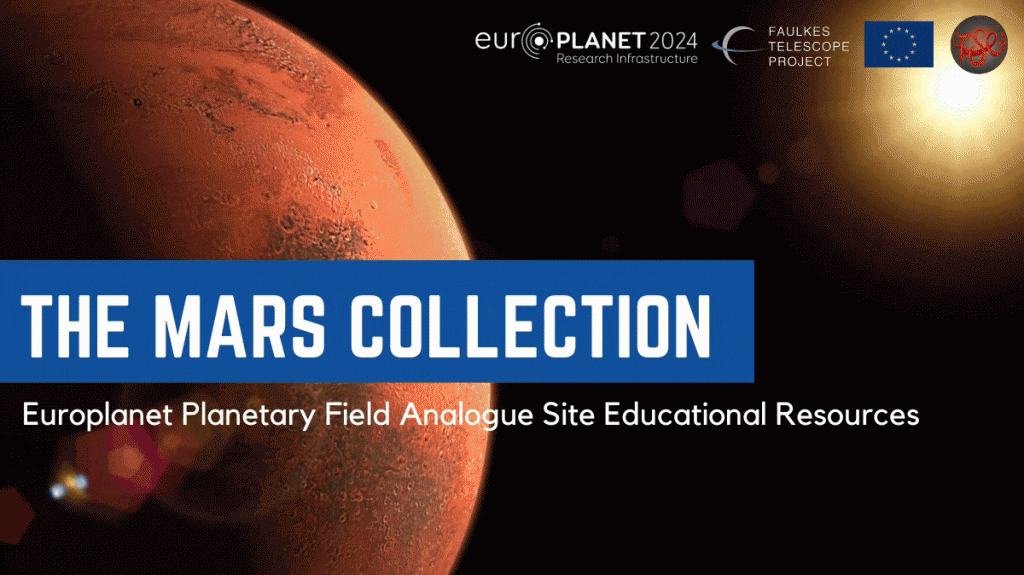Mars Collection of Educational Resources: 7. pH of Mars
In this lesson, we will be looking at the pH of certain environments of Mars and how this can affect its potential habitability.
Overview
Activity Outline: Understand how the pH of the Mars may affect the habitability of the Red Planet.
Age Range:
10-14
Equipment Needed:
- Computer
- Projector
Lesson Time:
45 Minutes (including 1 video)
Topics Covered:
- Chemistry (pH)
- Biology (life in extremes)
- Astronomy (Mars surface conditions)
Learning Outcomes
After completing this activity, pupils will:
- Understand pH scales
- Describe how factors on Mars can affect pH
- Discuss how pH affects habitability.
Download presentation
PowerPoint (4.5 MB)
PDF (2.1 MB)
Download teachers’ resource
Word (365 KB)
PDF (272 KB)
Video experiments
Teacher Continuing Professional Development (CPD)
Italian versions of the resources with video lessons produced by EDU INAF are now available at: Terra chiama Marte.


